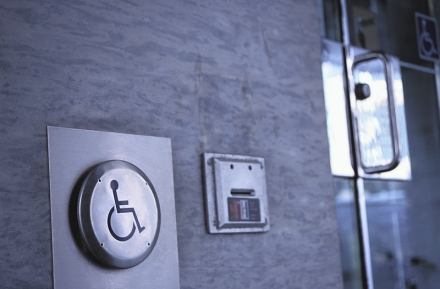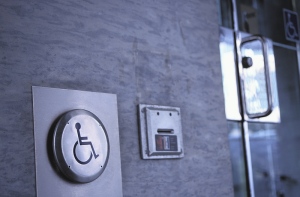
The Medical Library Association Guide to Health Literacy is a comprehensive introduction to the topic of health literacy in both the public and hospital library, including service to special populations. Included in the discussion of special populations is “Health Literacy for People with Disabilities” by Shelley Hourston.
Hourston discusses the barriers to health literacy facing the special needs population along with a brief overview of various disabilities: physical disabilities, developmental disabilities, brain injury, low vision or blindness, low hearing or deafness, mental health disabilities, and learning disabilities. Hourston notes that health literacy can be especially important for those with disabilities as they also tend to have an increased use of medication (p. 119).
Kars M, Baker L, Wilson FL,. The Medical Library Association guide to health literacy. New York: Neal-Schuman Publishers; 2008.



